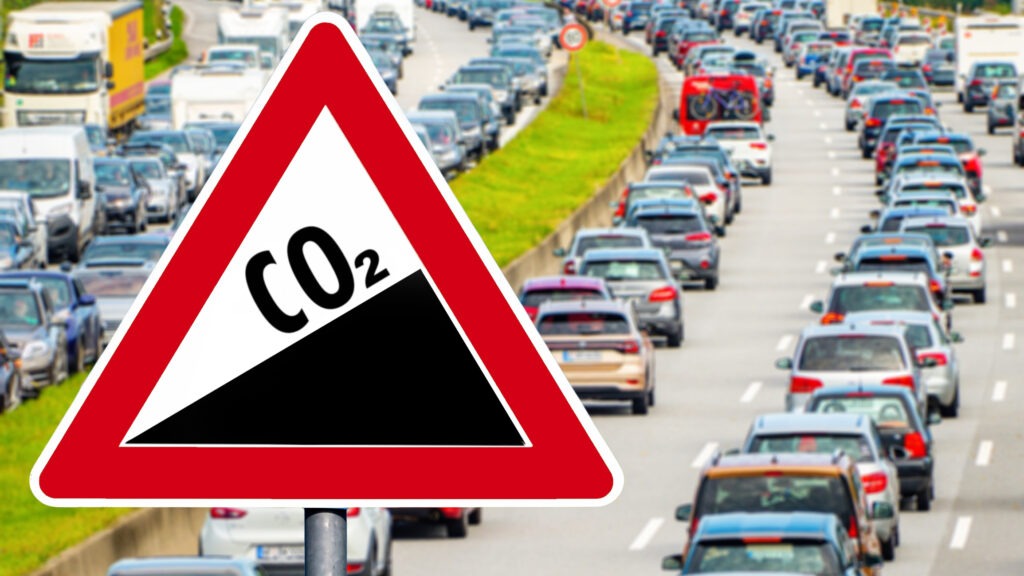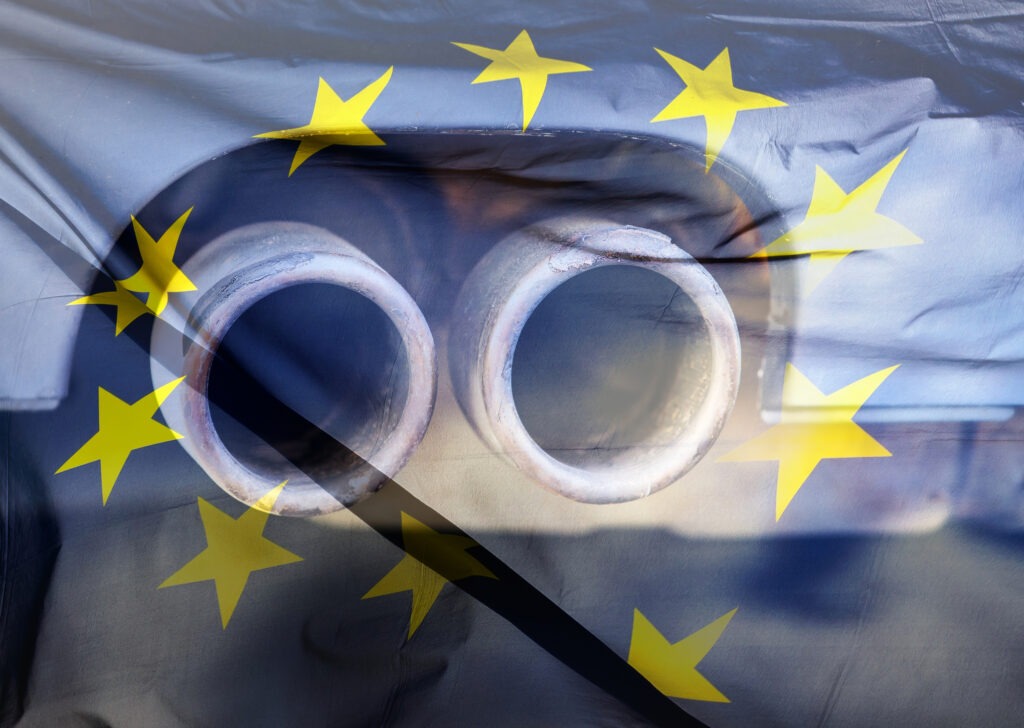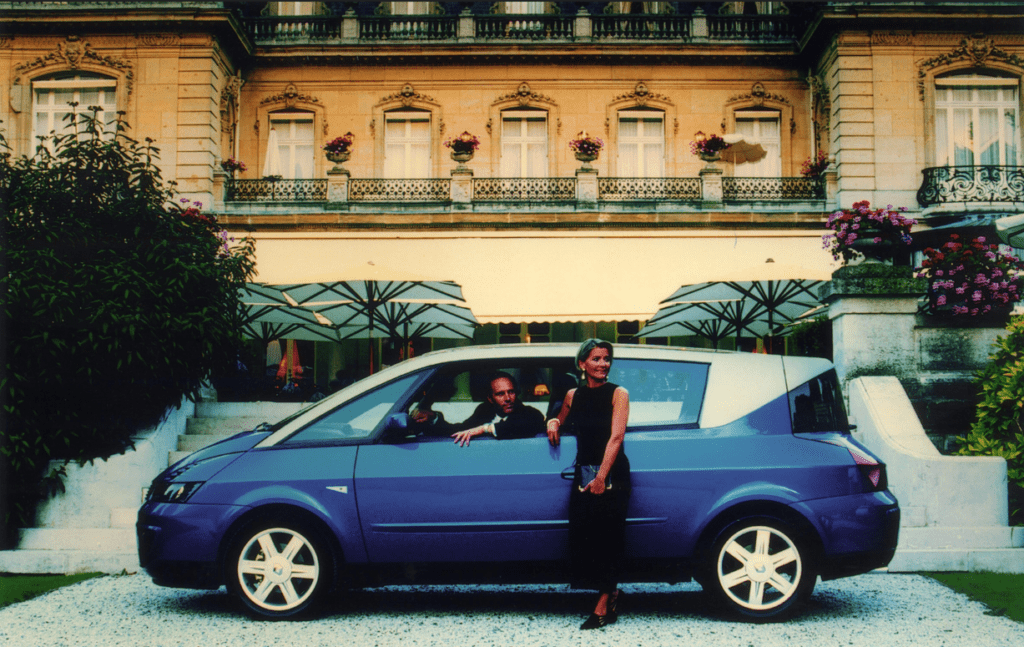What is the EU CO2 target for 2025?
14 October 2024

The EU is set to impose stricter CO2 emissions standards on the automotive industry from 2025. Autovista24 special content editor Phil Curry explains what this could mean for carmakers.
As part of its efforts to reduce air pollution and build a more sustainable future, the EU ratified stricter CO2 emission standards in 2023. Targets are set to get progressively stricter heading towards the planned ban on the sale of new non-zero-emission vehicles in 2035.
Stricter standards
The EU has two separate emissions legislations for passenger cars. The Euro standards cover multiple emanations, such as carbon monoxide, nitrogen oxide and particulate matter. Meanwhile, the CO2 standards focus solely on carbon dioxide emissions.
The CO2 regulation specifies a target amount of grams emitted per kilometre (g/km) across an entire fleet of new vehicles in a year. Current emission targets are based on the New European Driving Cycle (NEDC) standards. But from 2025, the Worldwide Harmonised Light-vehicle Test Procedure (WLTP) figures will be used to determine CO2 goals.
So from next year, the EU has set an average target of 93.6g/km of CO2 across the bloc’s cumulative fleet. This is a 15% reduction in emissions calculated against the baseline figure set in 2021. The target is in place until the end of 2029.
Potential penalties
Each carmaker will have its own CO2 emissions target. This is based on the number of vehicles it sold in 2021, with the overall average taken into account. These targets may be higher or lower than 93.6g/km, depending on the size of its fleet.
The EU will impose fines should targets be missed, which could prove costly. For every 1g/km over the required target, a €95 penalty will be imposed for every car sold that year. For example, should a carmaker miss its target by 5g/km while selling 100,000 cars in 2025, this would result in a fine of €47.5 million.
This has caused some concern in the automotive industry. The European Automobile Manufacturers Association (ACEA), has called for a delay on the 2025 targets, citing the downward trend in battery-electric vehicle (BEV) registrations. It calls next year’s target ‘highly challenging’, with rising concerns over meeting the targets.
‘We are missing crucial conditions to reach the necessary boost in production and adoption of zero-emission vehicles: charging and hydrogen refilling infrastructure, a competitive manufacturing environment, affordable green energy, purchase and tax incentives, as well as a secure supply of raw materials, hydrogen and batteries,’ the ACEA board said in a statement.
‘Economic growth, consumer acceptance, and trust in infrastructure have not developed sufficiently either,’ the board added.
ACEA believes a package of short-term relief is required for the 2025 targets. The industry body thinks a fast-track, comprehensive review of future emissions standards is needed. If not, the current situation raises the prospect of multi-billion Euro fines.
Introducing incentives
This means that manufacturers will have to rely on zero- and low-emission vehicles (ZLEVs) to bring down their average fleet emissions. These models emit up to 50g/km of CO2. The more of these vehicles carmakers sell, the lower their overall emissions output will be.
The EU has developed an incentive mechanism to aid manufacturers. Until the end of 2029, carmakers will receive a credit to their emissions target if ZLEVs make up more than 25% of their total sales. For each percentage point over this threshold, an extra 1% will be added to the manufacturer’s CO2 target.
For example, if a carmaker’s fleet contained 26% ZLEVs, and it had an individual target of 100g/km, this figure would be increased to 101g/km. Such an increase may help a manufacturer hit their target, reducing the risk of a penalty. To ensure the regulatory aim of reducing air pollution is not compromised, this increase is capped at 5%.
Carmakers may need to look at their powertrain mix. Some may not be able to bring a larger range of BEVs and plug-in hybrids (PHEVs) to market. This means having to reduce supplies of petrol-engine models, which emit higher levels of CO2.
This would alter the balance of their fleets, bringing them closer to the ZLEV incentive, threshold while also reducing overall CO2 emissions.
Pooling plans
Another option for avoiding penalties is pooling fleet figures with competitors. This would spread a CO2 target across a larger number of vehicles, lowering the emission average. Pools can consist of two, three or four manufacturers. However, there are risks involved.
Carmakers already meeting their individual target and entering a pool will need to ensure the move does not push their CO2 levels too high. Should this happen, they too could incur large fines.
Those carmakers with a smaller ZLEV fleet could benefit from teaming up with a brand that has many BEVs and PHEVs on sale. However, the EU has warned that any pools formed must adhere to strict competition laws. Pooling is also not allowed between car and van manufacturers.




